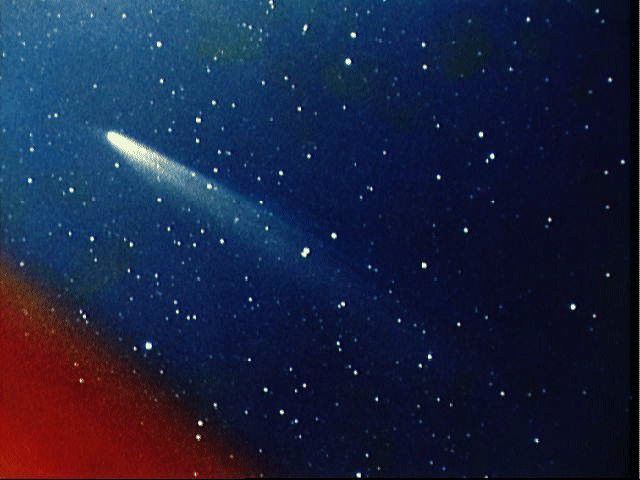-
 Boreal forest
Boreal forest
-
 Palmitic acid
Palmitic acid
-
 Ester bond
Ester bond
-
 Red panda
Red panda
-
 Peptide
Peptide
-
 Inflorescence
Inflorescence
-
 Highlighting
Highlighting
-
 CD-I
CD-I
-
 Natural CO2 sequestering
Natural CO2 sequestering
-
 CENELEC
CENELEC
-
 M74
M74
-
 Kodiak bear
Kodiak bear
-
 Vitamin B12
Vitamin B12
-
 Cerebrovascular accident
Cerebrovascular accident
-
 Soil pit
Soil pit
-
 Osteoporosis
Osteoporosis
-
 Grapefruit
Grapefruit
-
 Grassy tanne
Grassy tanne
-
 Iapetus
Iapetus
-
 Group of galaxies
Group of galaxies
-
 Asymmetric keys
Asymmetric keys
-
 Impregnation
Impregnation
-
 Crystal growth
Crystal growth
-
 Primitive filter
Primitive filter
-
 FDMA
FDMA
-
 Supervolcano
Supervolcano
-
 Allopatry
Allopatry
-
 Handover
Handover
-
 Carbonic acid
Carbonic acid
-
 Hormone therapy
Hormone therapy
Kohoutek comet
On 7 march 1973, the Czech astronomer Lubos Kohoutek discovered a comet officially named C/1973 E1. Astronomers quickly calculated that it was a long period comet (over 100,000 years) probably from the Oort cloud, an immense reservoir of comets located 50,000 astronomical units (nearly one light-year) away.
The hyperbolic trajectory of the hirsute body indicated that this was the first time it had come into the solar system, meaning that there would be a large amount of outgassing giving a spectacular display at the perihelion on 28 December. Kohoutek was announced by the media as "the comet of the century".
Unfortunately, the comet was more discrete than expected: at a magnitude of 4 it was barely visible to the naked eye when it passed the perihelion and the media, on the back of the political news at the time, called it the "Watergate comet"!
Nevertheless, in the eyes of astronomers it remains a beautiful voyager with a tail of 25 apparent degrees; but stung by their over-optimistic predictions, scientists became be very cautious over their future predictions. Three years later, the splendid West's comet passed largely unnoticed.
 Kohoutek comet. Credit NASA
Kohoutek comet. Credit NASA
Latest
Fill out my online form.



